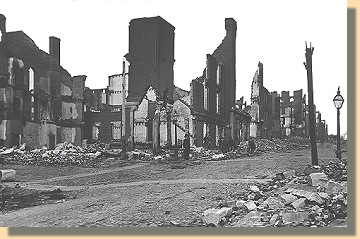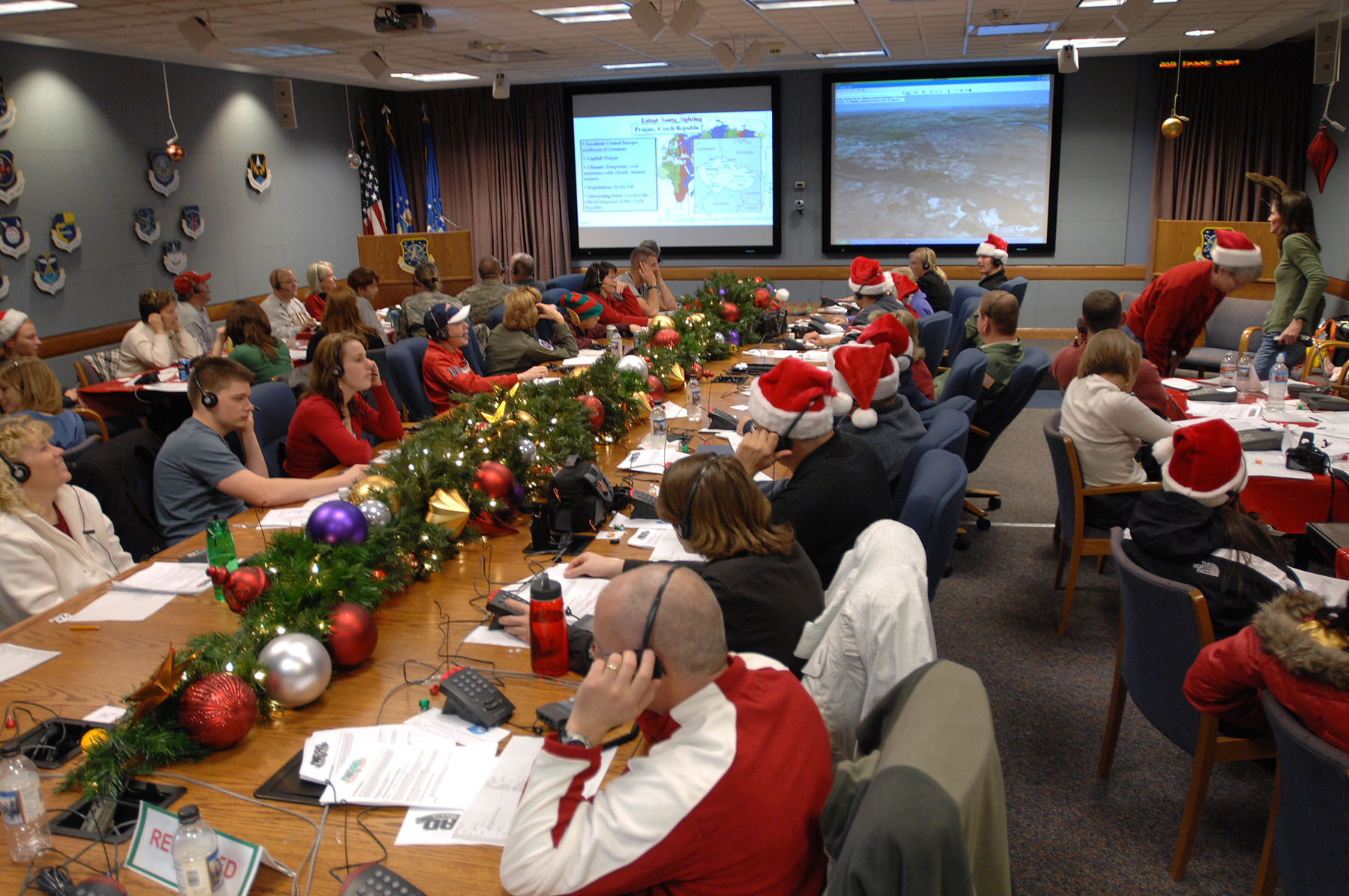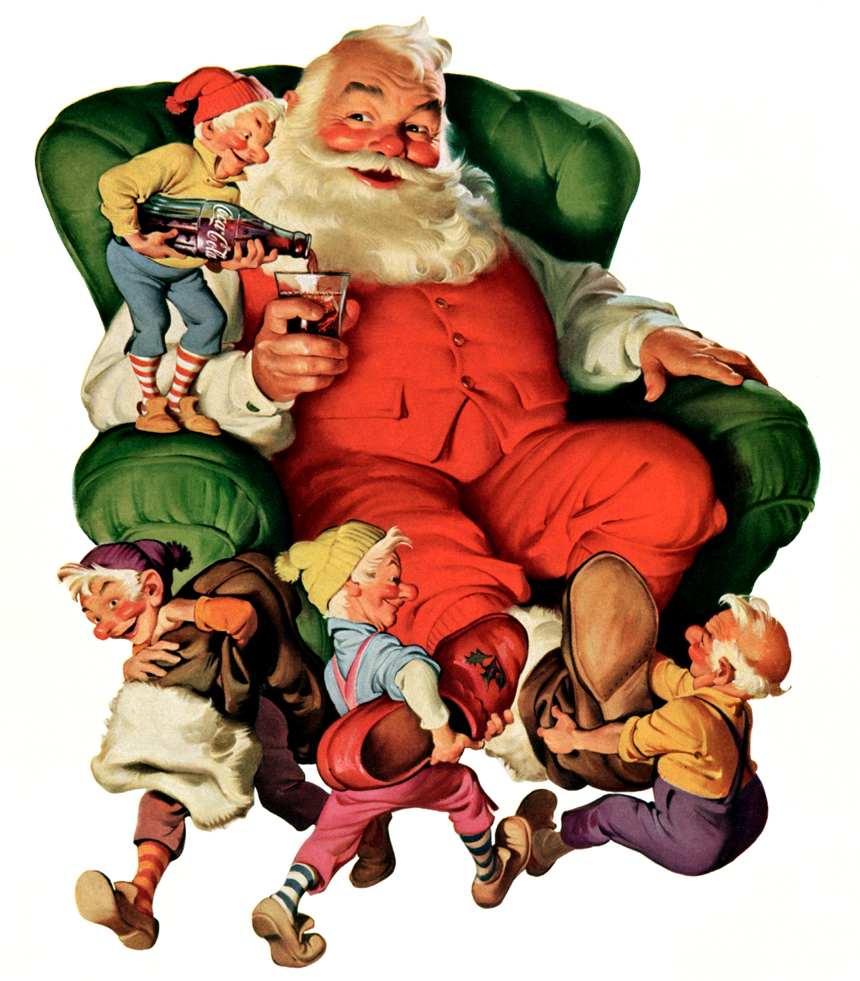This song was penned by the Band’s guitarist, Robbie Robertson. In just a few lyrics Robertson sums up the last days of the Civil War and the frustrating life endured by white Southerners “in the winter of ’65…”
Robertson must have done a lot of research to write this song. The original capitol of the Confederate States was Montgomery Alabama, but in 1861 the capitol was moved to Richmond, Virginia. The once sleepy burg was transformed into a bustling metropolis with the Confederate Army coming and going. This was where a hospital for the wounded was set up as well as a prison.
It also became a strategic point for the United States Army to capture. The citizens of Richmond became use to the cannon fire and fighting that went on just outside of the city.
 |
| Burned out Richmond |
And in the same spirit of the looting of Ferguson, Richmond residents held what they referred to as Starvation Balls. In an effort to use up any food, clothing and provisions Richmond’s citizens took provisions, shoes and clothing in what they believed was a show of Southern patriotism. This mislaid intent left the soldiers and most men, women and children barefoot, wearing rags and starving.
General Robert E. Lee was able to hold back the invaders until the spring of 1865 when the Union Army captured this city on April 3rd of 1865.
 |
| George Stoneman |
George Stoneman Jr. was a United States Calvary officer. In Chancellorsville, under the command of General Hooker, Stoneman failed in an attempt to penetrate enemy lines.
 |
| General Wm Sherman |
Later during the war and this time under the command of General Sherman, Stoneman was captured by the Confederacy, but later exchanged for other prisoners. After this incident he led raids into Virginia and destroyed rail road tracks to prevent supplies from reaching the South.
A member of my family lived in Tennessee for many years and found it odd that some of the locals truly believed the South was going to rise again. Those of us that have grown up north of the Mason-Dixon line will never have a clue at the incredible loss suffered by families living in the South.
And even though this occurred over 150 years ago it is still being felt by the ancestors of those killed and injured in the awful Civil War.
We are now living in the midst of such divisiveness that has not been seen since those long ago days. The flames of this fire are being stoked and encouraged by men that are in positions of power and have seemingly not learned from history.
May God have mercy upon us and let us not face another Civil War.
Virgil Kane is the name
And I served on the Danville train
'Till Stoneman's cavalry came
And tore up the tracks again
In the winter of '65
We were hungry, just barely alive
By May the 10th, Richmond had fell
It's a time I remember, oh so well
The night they drove old Dixie down
And the bells were ringing
The night they drove old Dixie down
And the people were singing
They went, "Na, na, la, na, na, la"
Back with my wife in Tennessee
When one day she called to me
"Virgil, quick, come see,
There goes Robert E. Lee!"
Now, I don't mind chopping wood
And I don't care if the money's no good
You take what you need
And you leave the rest
But they should never
Have taken the very best
The night they drove old Dixie down
And the bells were ringing
The night they drove old Dixie down
And all the people were singing
They went, "Na, na, la, na, na, la"
Like my father before me
I will work the land
And like my brother above me
Who took a rebel stand
He was just 18, proud and brave
But a Yankee laid him in his grave
I swear by the mud below my feet
You can't raise a Kane back up
When he's in defeat
The night they drove old Dixie down
And the bells were ringing
The night they drove old Dixie down
And all the people were singing
They went, "Na, na, la, na, na, la"
The night they drove old Dixie down
And all the bells were ringing
The night they drove old Dixie down
And the people were singing
They went, "Na, na, la, na, na, la"

























